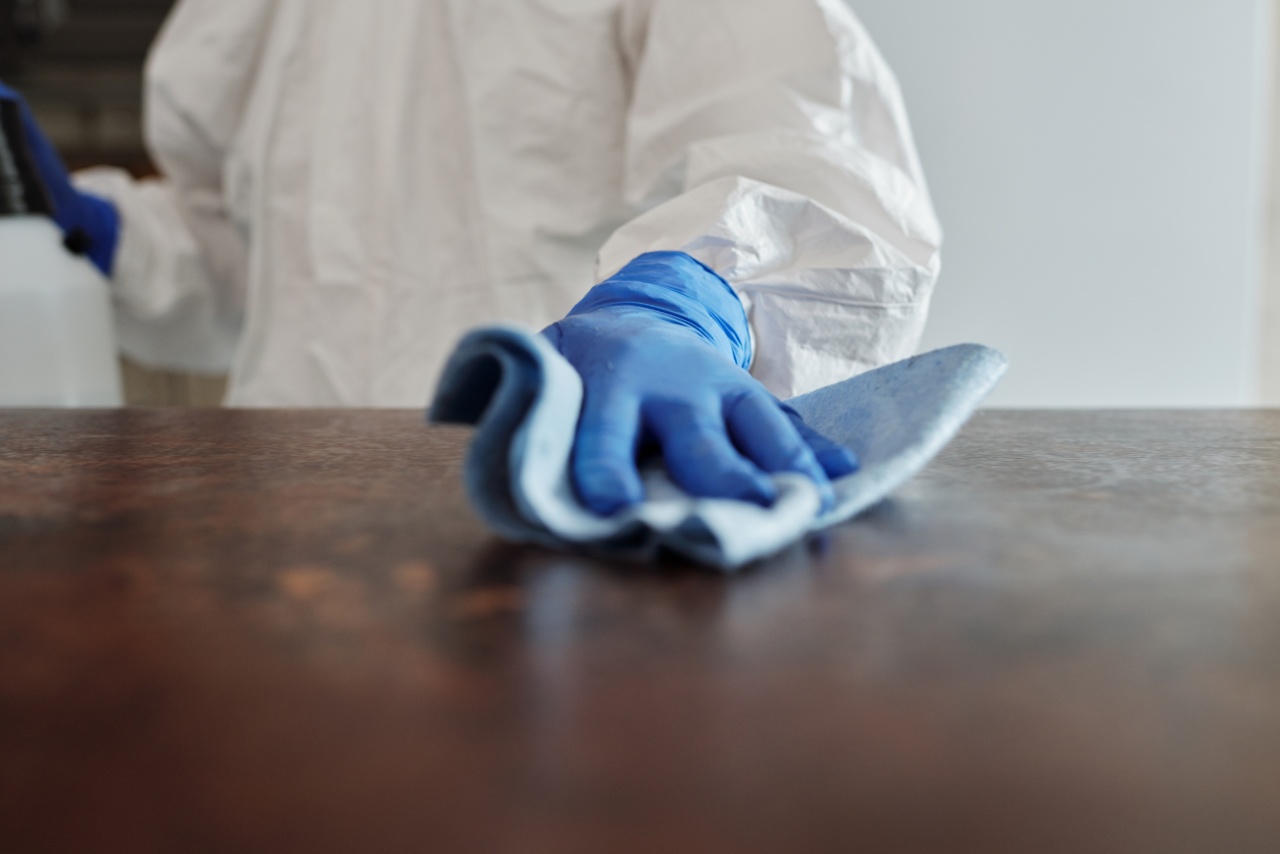Infection prevention is a crucial aspect of creating a safer environment, whether it is a healthcare facility, workplace, or even our own homes. The spread of infectious diseases can have severe consequences, impacting both individuals and communities.
Therefore, implementing effective infection prevention strategies is essential to minimize the risk of infections and maintain a healthy and safe environment. This article aims to explore various strategies that can be employed to prevent the transmission of infections and create a safer environment for everyone.
Hand Hygiene
One of the most fundamental and effective infection prevention strategies is proper hand hygiene. Handwashing with soap and water or using alcohol-based hand sanitizers can significantly reduce the transmission of germs.
Regular handwashing should be practiced, especially before and after handling food, after using the restroom, after touching surfaces or objects that may be contaminated, and before and after caring for individuals who are sick.
Respiratory Hygiene
Respiratory hygiene is crucial in preventing the spread of respiratory infections, such as the common cold, influenza, or COVID-19.
Covering the mouth and nose with a tissue or the elbow when coughing or sneezing can help prevent the release of infectious respiratory droplets into the air. Additionally, used tissues should be promptly disposed of, and hands should be washed or sanitized afterward.
Cleaning and Disinfection
Maintaining cleanliness through regular cleaning and disinfection of surfaces, objects, and commonly touched areas is vital in preventing the spread of infections. This is especially true in high-traffic areas and shared spaces.
Using appropriate disinfectants, following manufacturer instructions, and focusing on frequently touched surfaces like doorknobs, light switches, and countertops can significantly reduce the risk of infection transmission.
Personal Protective Equipment (PPE)
In certain settings, the use of personal protective equipment (PPE) is essential to prevent the spread of infections. PPE includes items such as gloves, masks, goggles, and gowns.
Healthcare workers, for instance, must wear PPE to protect themselves and others while providing care to patients with infectious diseases. It is crucial to use PPE correctly and dispose of it appropriately to maintain its effectiveness.
Vaccinations
Vaccinations play a vital role in infection prevention by building immunity against specific diseases.
Vaccines have been developed for a wide range of infectious diseases, and getting vaccinated can prevent the spread of these diseases within communities. Immunization not only protects individuals but also contributes to the overall reduction of infection rates, creating a safer environment for all.
Frequent Education and Training
Regular education and training are essential to ensure that individuals are aware of infection prevention practices and can implement them effectively.
This is particularly important in healthcare settings, where healthcare workers need to stay updated on the latest infection control guidelines and techniques. By providing frequent education and training sessions, healthcare facilities can maintain a vigilant and well-informed workforce committed to infection prevention.
Proper Waste Management
Proper waste management is crucial for preventing the spread of infections. Waste, including medical waste, should be disposed of correctly and safely.
Healthcare facilities must follow specific guidelines for segregating and disposing of different types of waste. This helps prevent the contamination of the environment and reduces the risk of infections spreading through improper waste management practices.
Safe Food Handling Practices
Infection prevention also includes safe food handling practices. Contaminated food can lead to foodborne illnesses, causing severe infections and sometimes outbreaks.
Practicing proper food hygiene, such as washing hands before handling food, cooking food thoroughly, storing food correctly, and avoiding cross-contamination, can significantly reduce the risk of foodborne infections.
Surveillance and Monitoring
Continuous surveillance and monitoring of infections are essential to identify and respond promptly to potential outbreaks. Healthcare facilities, as well as public health agencies, have systems in place to monitor infectious diseases and track trends.
By closely monitoring infections, identifying patterns, and implementing appropriate measures, the spread of infections can be minimized, resulting in a safer environment.
Community Engagement
Creating a safer environment is a collective responsibility, and community engagement plays a vital role in infection prevention.
Through public awareness campaigns, promoting healthy habits, and encouraging individuals to practice infection prevention strategies, communities can actively contribute to reducing the transmission of infections. When individuals are engaged and understand the importance of infection prevention, they are more likely to adopt and maintain these practices.
Conclusion
Infection prevention strategies are crucial in creating and maintaining a safer environment.
Implementing these strategies, such as practicing proper hand and respiratory hygiene, cleaning and disinfecting surfaces, using personal protective equipment, ensuring vaccinations, providing education and training, managing waste properly, practicing safe food handling, monitoring infections, and engaging communities, can significantly reduce the transmission of infections and safeguard the well-being of individuals and communities.






























